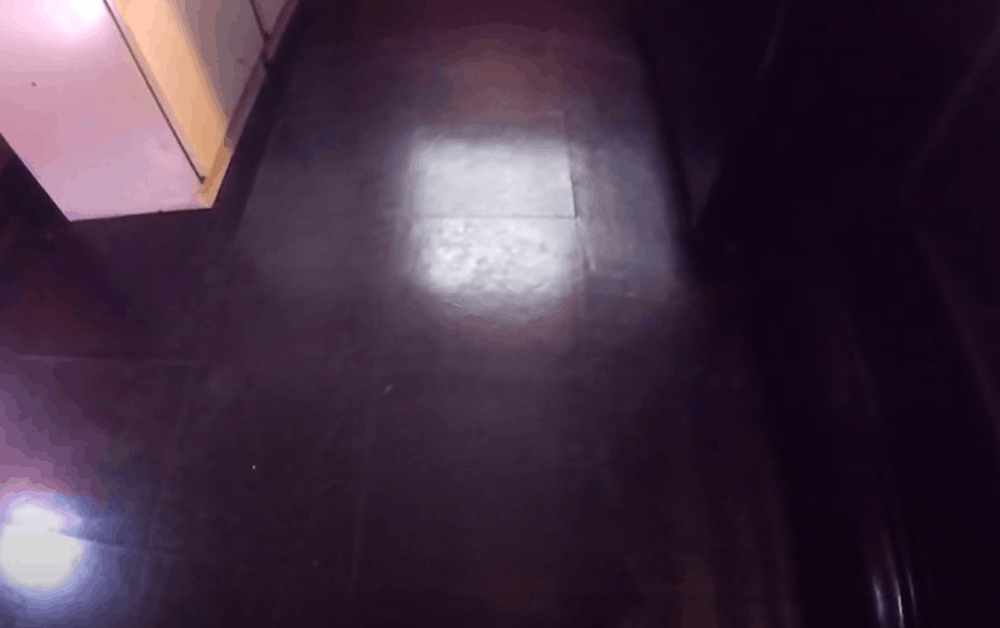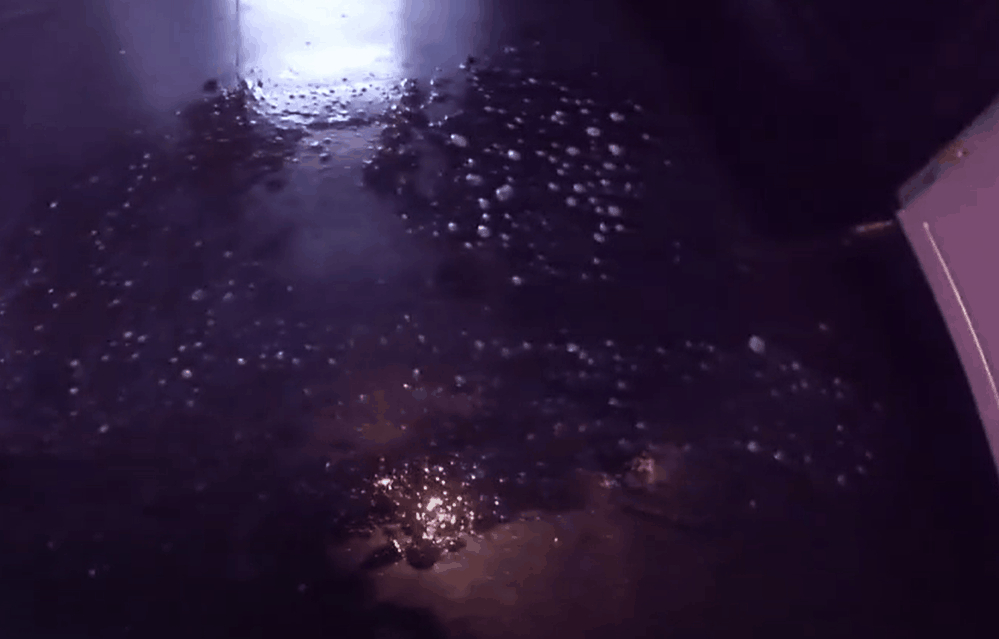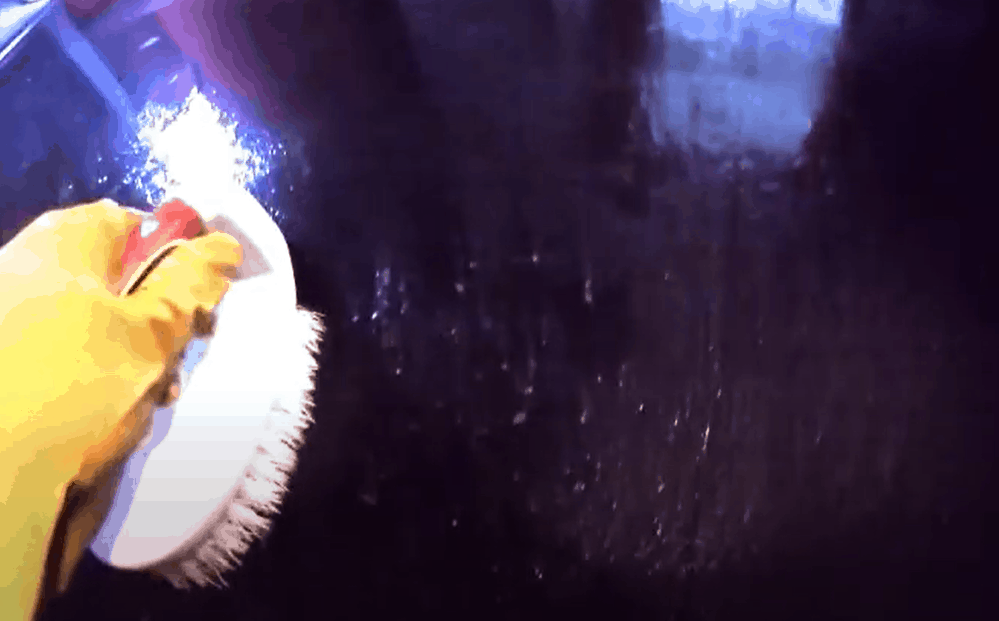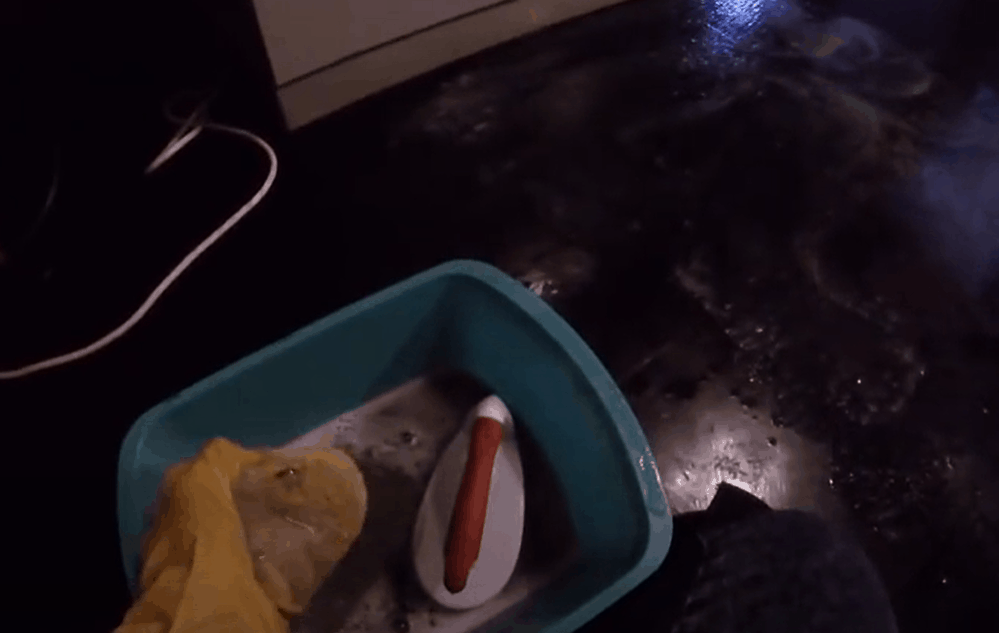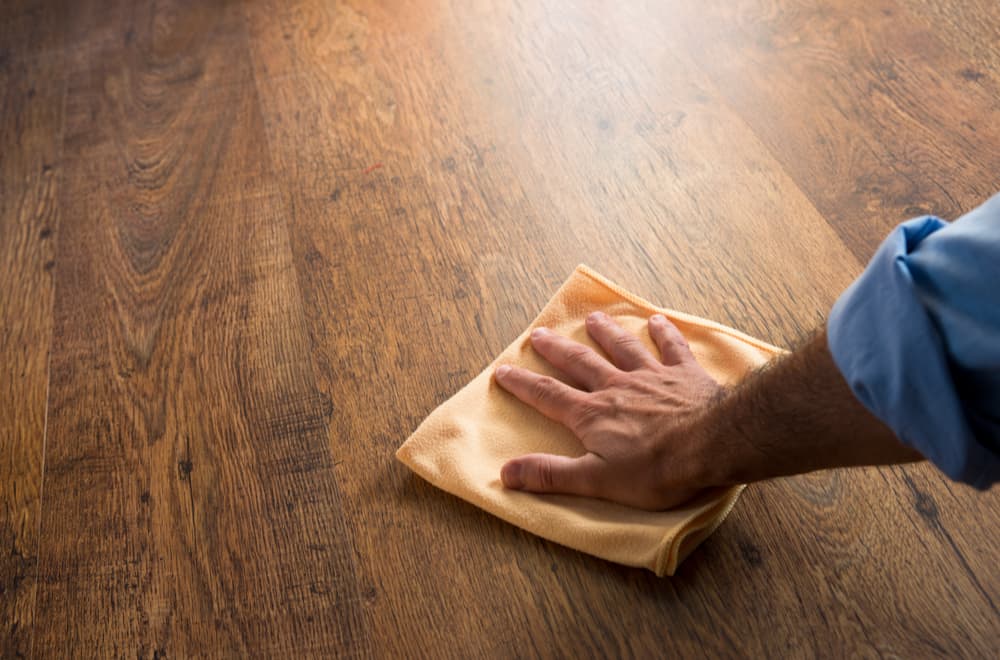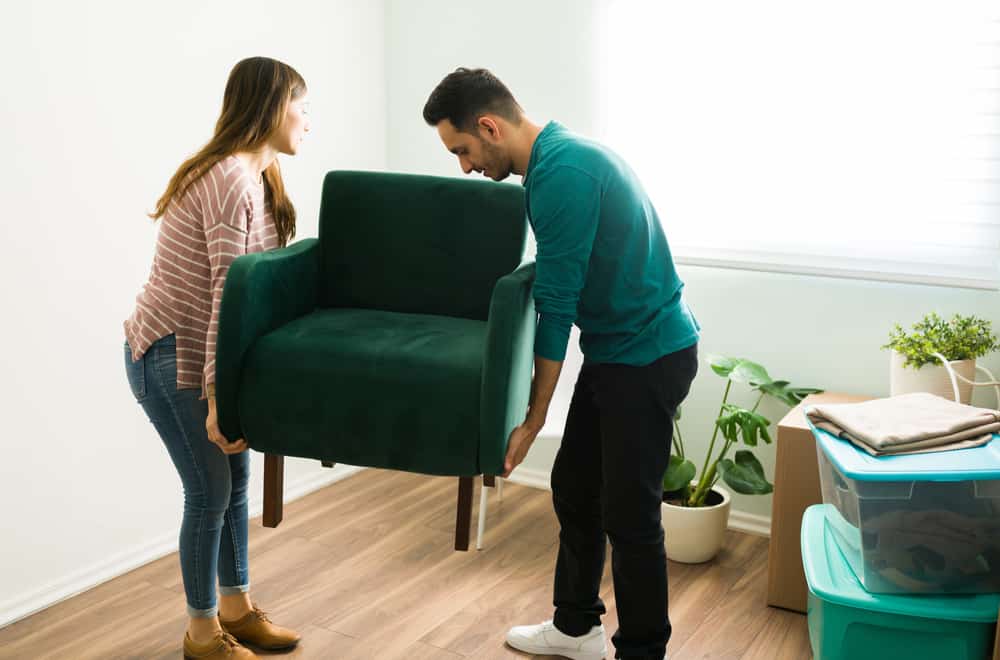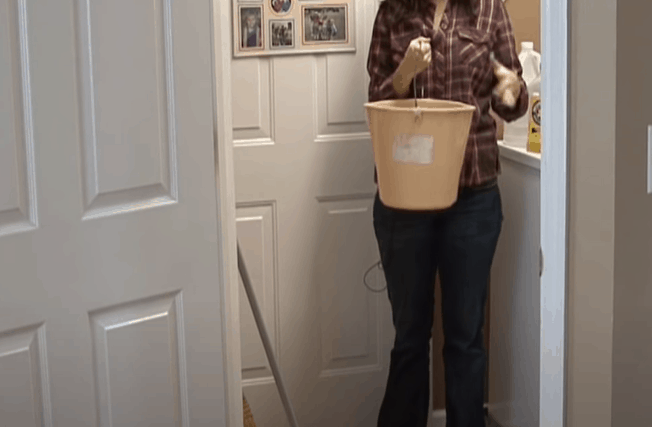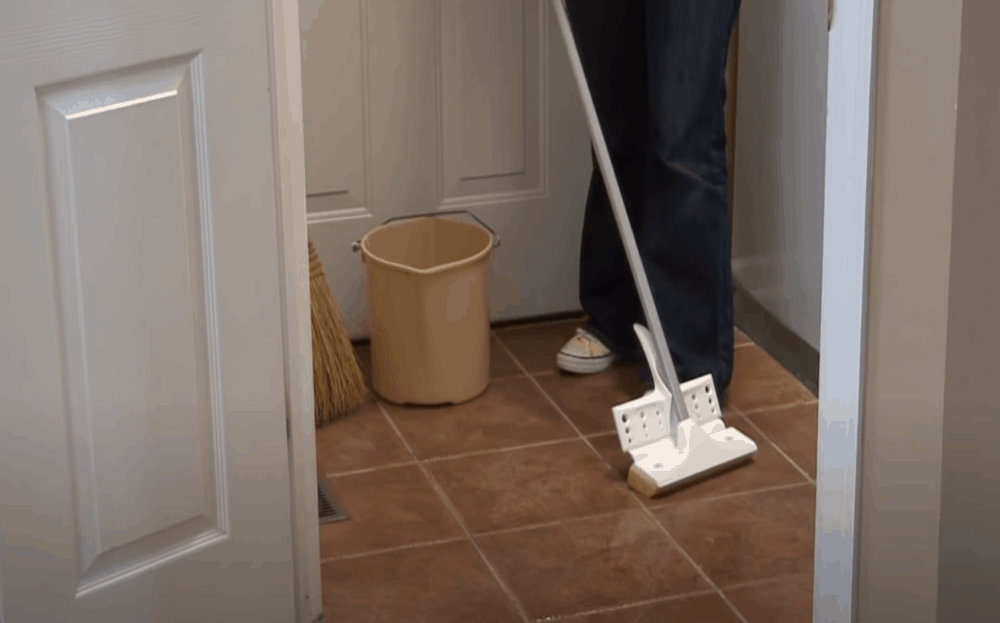Waxing is a great way to protect vinyl and linoleum floors from wear and scratches and keep their shine looking fresh. However, with regular application, the wax starts to build up and over time, it ages and turns yellowish-brown, making the floor look dull and dirty.
So, how do you remedy this, you ask? Well, by stripping the old wax before waxing again. Below are step-by-step instructions on how to remove wax from vinyl and linoleum floors.
Table of Contents
8 Steps to Remove Wax From Vinyl Flooring
You will need:
- Sponge mop: Use this to soak the floor.
- Water: Get 6 gallons of clean, hot water.
- Dishwashing detergent: Get 1 cup of mild, non-bleaching dishwashing powder.
- Scrub brush: Use one with soft bristles.
- A piece of cloth: You can use old rags or towels; just make sure they are clean.
- Bucket: Use the ordinary cleaning bucket.
- Ammonia: Get 2 cups of household ammonia (ammonium hydroxide).
- Club soda: Use this to get rid of stubborn wax.
- Floor polish stripper: Buy one made for vinyl.
- Stirrer stick: Any plastic stirrer will do.
- Rubber gloves: These will protect your hands from cleaning chemicals.
Step 1: Clear the Area
Before you start, consider removing any obstacles that may prevent you from reaching all the areas of the floor. These may include furniture, appliances, or even huge indoor plants that you may have potted on the floor. It’s also important that you have your doors and windows open to allow for air circulation.
Step 2: Prepare the Cleaning Solution
Pour two gallons of hot water into a bucket and add two cups of ammonia. Then stir the solution to get everything to blend nicely together.
Step 3: Soak the Floor
Dip a sponge mop into the cleaning solution and go over the floor to get it wet. Leave the solution to sit for about seven minutes, then gently scrub with the scrubber edge of your mop to remove wax from the vinyl. If your mop doesn’t have a scrubber, use a scrub brush. Scrub every area of the room, paying more attention to corners and the baseboard trim.
Step 4: Rinse the Floor
Pour two gallons of hot water into another bucket and scrub the floor again to get rid of any remaining wax. Do not add any cleaning products this time. If you got most of the wax out the first time, clear water should be able to remove the remaining wax.
Step 5: Dry the Floor
Use clean rags or towels to dry the vinyl or just let the floor dry on its own. The problem with leaving the floor to airdry is that you may not be able to spot areas that need rescrubbing until it is completely dry. Drying with a cloth makes the cleaning process move much quicker because you will identify spots that still need scrubbing fast enough.
Step 6: Try Ammonia and Dishwashing Detergent
Examine your dry floor. If it still has wax, try combining ammonia with dishwashing soap. Pour two gallons of hot water into a bucket and add a half cup of ammonia and one cup of mild, non-bleaching dishwashing powder.
Use this solution to mop over your vinyl flooring. Let it sit for about fifteen minutes to eat through and soften the wax. Then use a clean old towel to dry the floor. Do not be afraid to repeat the process until all the wax has completely been removed from the floor.
Step 7: Use Club Soda
Club soda may help you get rid of any remaining wax from your vinyl flooring. Pour it directly on any stubborn wax and let soak for about seven minutes. Then scrub with a brush and wipe dry.
Step 8: Try Floor Polish Stripper
If all else fails, try a chemical floor polish remover. Make sure to use one specifically designed for vinyl to avoid damaging your flooring.
Apply a small amount of the product over the wax and let sit for about ten minutes or as directed by the manufacturer before scrubbing with a brush.
Rinse the product thoroughly and wipe the area dry with a clean rag. Repeat the process until all the wax is gone.
4 Steps to Remove Wax From Linoleum Flooring
You will need:
- Distilled white vinegar: While you can use any type of vinegar to remove wax from floors, distilled white vinegar is the most recommended for linoleum.
- Cream of tartar: This can be found in any big box store. Sometimes it will be labeled potassium bitartrate.
- Bucket: Use your normal cleaning bucket.
- Stirrer: This can be anything that can mix up your cleaning ingredients, including a long spatula.
- Nylon scrub pad: Depending on the quality of the pad, how big the floor is, and how thick the wax buildup is, you may need 2 to 3 pieces of these (sometimes more).
- Sponge mop: Use this to apply the cleaning solution to the floor.
- Clean rag: Get a clean rag or sponge.
- Isopropyl alcohol: Use this to remove stubborn wax.
- Water: Get clean, warm water.
- Protective gloves: Use high-quality rubber gloves.
Step 1: Clear the Floor Area
You want to reach even the hidden areas of the floor, so move obstacles like furniture and appliances to a different room. Keep the room well-ventilated too.
Step 2: Prep Your Cleaning Solution
Put one gallon of white distilled vinegar in a clean bucket and add one cup of cream of tartar. Stir the mixture thoroughly until the tartar has dissolved.
Step 3: Scrub the Floor
Dip your sponge mop into the cleaning solution and use it to apply the solution to the floor. Let sit for about five minutes then scrub the floor using the scrubber edge of the mop or a soft-bristled brush.
Scrub sections near the baseboards and any other area that has stubborn wax with a nylon scrubbing pad. Use a wet piece of cloth to rinse the floor.
Step 4: Try Isopropyl Alcohol
If the above doesn’t work, mix one part of isopropyl alcohol with three parts of water. Then, dip a nylon sponge or scrubbing brush into the solution and gently rub over the sections that still have wax. Rinse thoroughly with clean water and wipe dry with a damp rag.
Additional Tips for Removing Wax From Vinyl and Linoleum Floors
- Keep your doors and windows open when cleaning your flooring. Not only will it keep you from inhaling fumes from your cleaning chemicals but also help the floor to dry quickly.
- If you are using store-bought cleaning products, make sure to read the directions for application carefully so you can use them correctly. Reading the package will also help you find out if you need special protective gear like a mask or goggles.
- Wear rubber gloves while scrubbing the floor or disposing of any rags or towels you used to rinse and dry the room. It will keep your hands from getting into contact with any harmful chemicals that may be released by your cleaning agents or the floor itself.
- Before disposing of your old rags and nylon scrub pads at a hazardous waste disposal site, soak them in clean water and put them in a sealed container.
- Sometimes it helps to sweep up the floor before starting the wax removal process. Even if it won’t get the wax out, at least you will be able to get rid of any loose dirt, grit, and debris that may get stuck on the mop.
- Before using any off-the-shelf floor cleaning product, make sure it is safe to use with your flooring. You may want to do a spot check in a small hidden area just to be certain that the product doesn’t discolor or damage your floor.
- Make a habit of removing wax buildup from your vinyl or linoleum floor several times a year so the buildup doesn’t get too thick. The heavier the buildup gets, the more challenging it becomes for you to completely get rid of it.
- After you have removed wax from your floor and carefully cleaned and dry it, you will probably want to apply a new coat of wax to protect the floor and give it a shine.
Keep in mind that once the new layer has been added, you won’t be able to clean beneath the wax again. Any cleaner you use from that point onward will combine with the wax and will slowly build up. Make sure to remove wax buildup at least three times a year to keep your flooring looking its best.
The Takeaway
Wax buildup is a common problem in many homes with waxed vinyl or linoleum flooring. The good news? With simple ingredients from your household or the convenience store, you can be able to get rid of this wax quickly.
If you are going to use off-the-shelf wax removers, however, make sure to read the package instructions first to find out whether the product can be used on your specific flooring. For best results, remove wax buildup several times a year.
